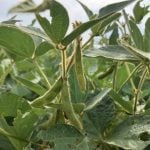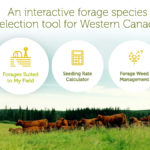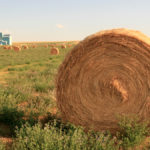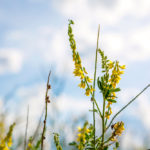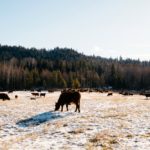Given the short haying windows, Adam Verner sees growth potential for wet hay and silage balers. But manufacturers still face challenges around speed, bale density and cost
The earliest round balers were amazing but frustrating machines. During forage season, I would exhibit a semi-permanent crick in the neck combined with a disturbing vocabulary of profanities. Constant fear of a plugged pickup, a twisted belt or a roller bearing displaying the telltale signs of smoke before the fire plagued my working days. These […] Read more